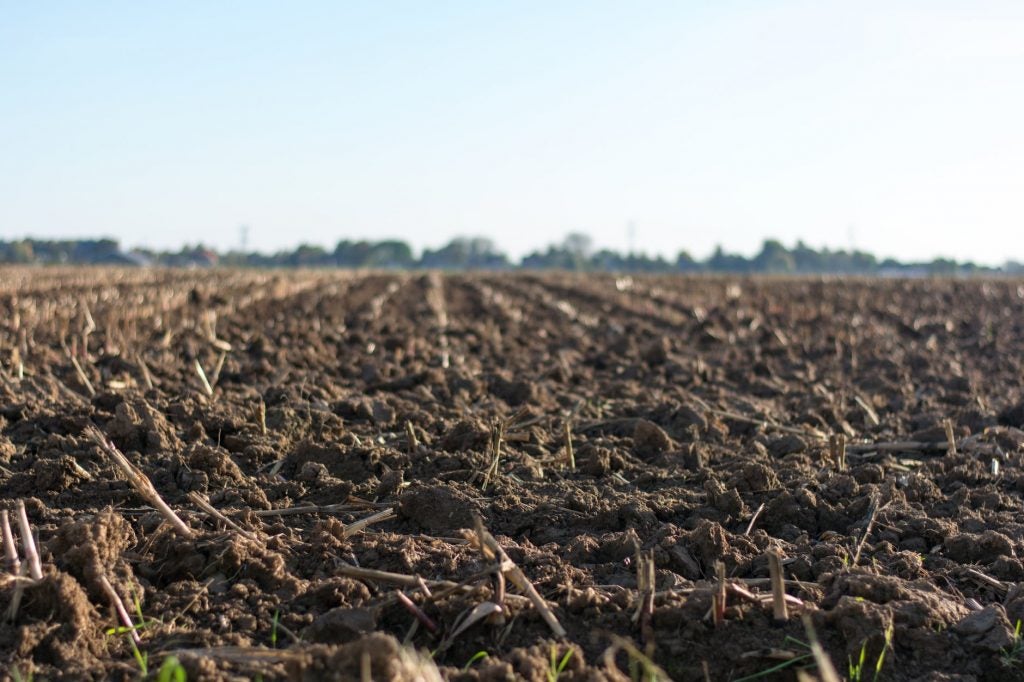Soil is one of the most precious and finite natural resources, and maintaining healthy soil is mandatory to provide enough food for the planet in the face of a changing climate.
There is strong scientific consensus on the urgent need to rebuild agricultural soil carbon. That’s the topline message of a comment published this week in the journal Nature Sustainability.
Scientists and farmers know that increasing soil carbon can improve soil fertility, stabilize yields, reduce the need for inputs like fertilizer, and boost resilience to droughts and floods. That’s why so many soil health initiatives focus on building soil carbon.
While the importance of building soil carbon is widely endorsed, there is scientific debate about exactly how much carbon can be sequestered in soils. That is important data to know, but it should not distract us from doing all we can to continue to build carbon in the soil.
“Action can happen despite unanswered scientific questions.”
While the potential for soil carbon to contribute to climate mitigation remains unresolved, the journal authors “submit that rebuilding soil carbon in agricultural soils should be treated as a distinct objective that is well supported by soil scientific knowledge,” and recommend action to protect and restore soil carbon on agricultural lands.
That’s because soil carbon is foundational to soil health, and healthy soil is worth pursuing even as knowledge continues to grow and evolve.
Wetlands, peatlands and other areas covered in perennial vegetation are powerhouses for sequestering soil carbon, and it’s vital to retain them in their current state. Rebuilding additional wetlands and adding new perennial vegetation to the landscape will also be critical. These features not only bank carbon. They also enhance water quality and biodiversity. The mitigation potential of soil carbon may be unresolved, but the benefits for building agricultural resilience are clear. Share on X
Increasing soil carbon will require widespread management changes across the landscape, and farmers can’t be expected to make these changes on their own. Policymakers and agricultural business partners can support their farmer constituents and customers in pursuing practices that increase soil carbon and agricultural resilience.
State leadership on soil carbon
Many state-level policies incentivize farmers to adopt conservation practices like cover crops that can protect and rebuild soil carbon.
California’s Healthy Soils Program, which is funded through revenue from the state’s carbon market, provides farmers with grants to fund the switch to conservation practices like cover crops, conservation tillage and compost application.
An Iowa conservation program provides farmers with a $5-per-acre rebate on their crop insurance if they implement cover crops. The program is focused on water quality, but many of the conservation practices that protect water quality also increase soil carbon.
Expanding programs like these to other states will help broaden the adoption of soil health practices that increase soil carbon.
Building the business case for soil carbon
In addition to public policies and programs, there’s a clear opportunity in the private sector to support healthy soil practices, which increase yield resilience and lower costs, creating financial benefits from risk reduction that extend far beyond farmers’ fields.
Agricultural lenders and insurers benefit from these risk reductions, but farmers currently bear all of the risk of conservation practice adoption. Farmers’ financial partners can support conservation practice adoption by incentivizing healthy soil practices through reduced crop insurance premiums or lower interest rates. The result: a more resilient farm financial system.
There’s no doubt that restoring soil health leads to improved agricultural, environmental and financial outcomes. Therefore, we must continue to build momentum for these types of soil carbon programs, policies and financing models. In the meantime, scientists will continue to search for answers to the lingering questions on the role of agricultural soils in climate mitigation, but that process shouldn’t slow down action to protect and restore one of our most vital natural resources — healthy soil.










